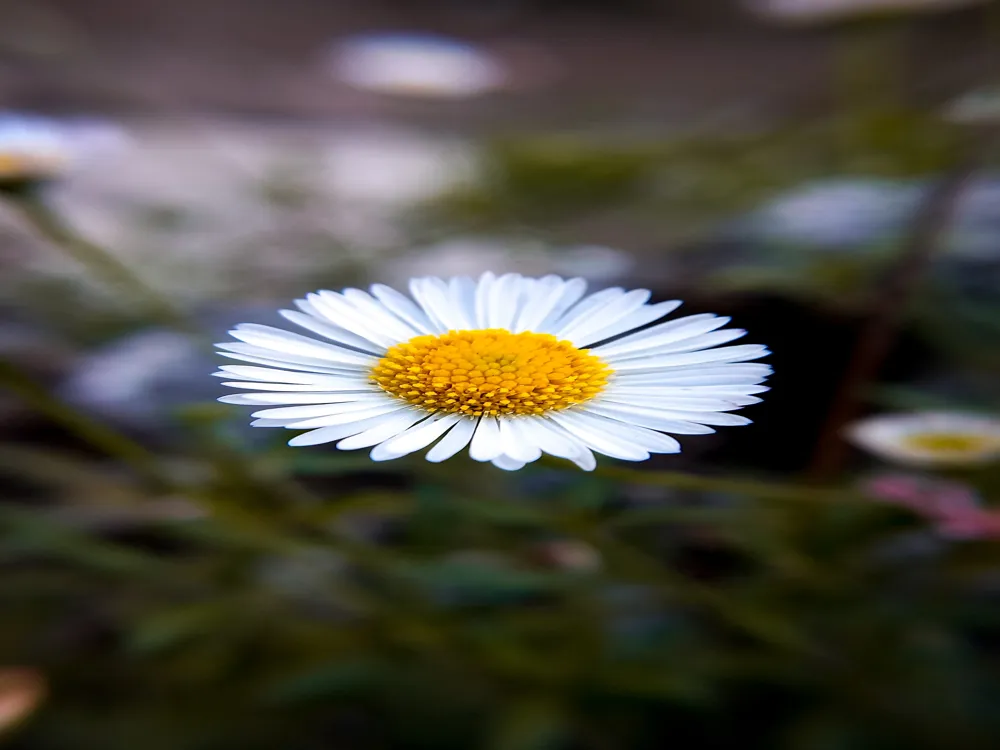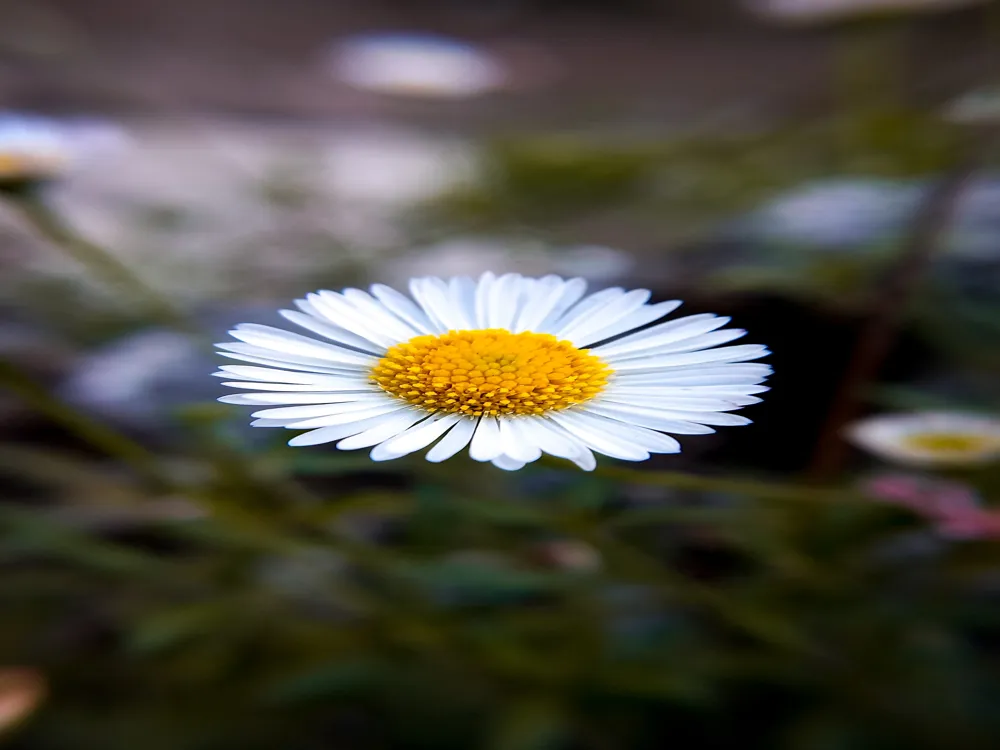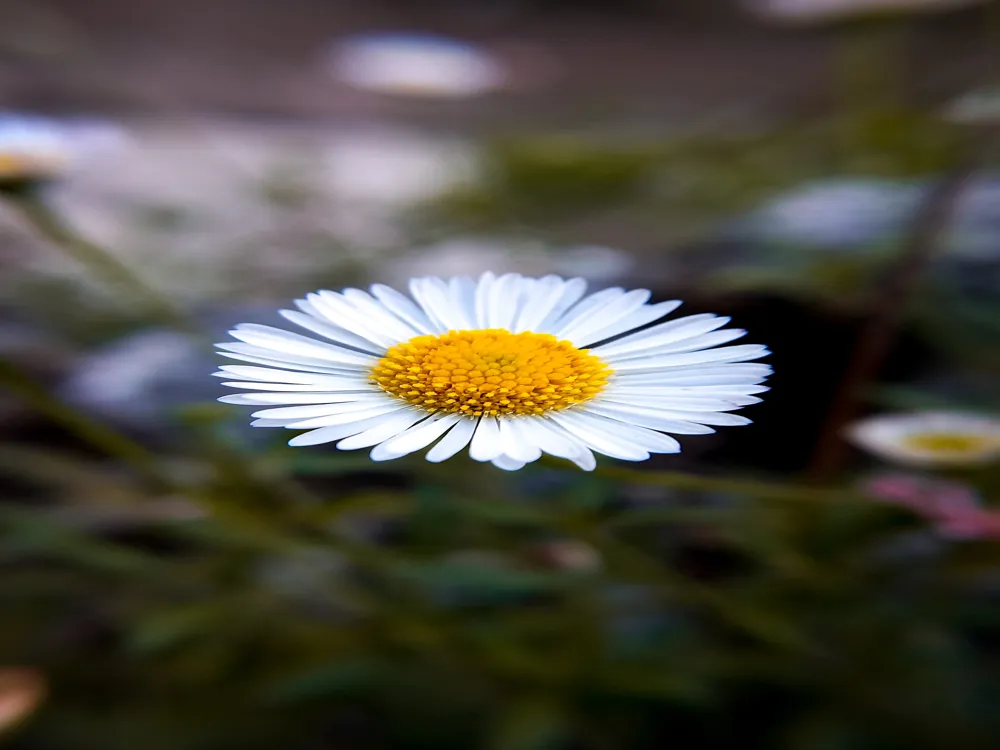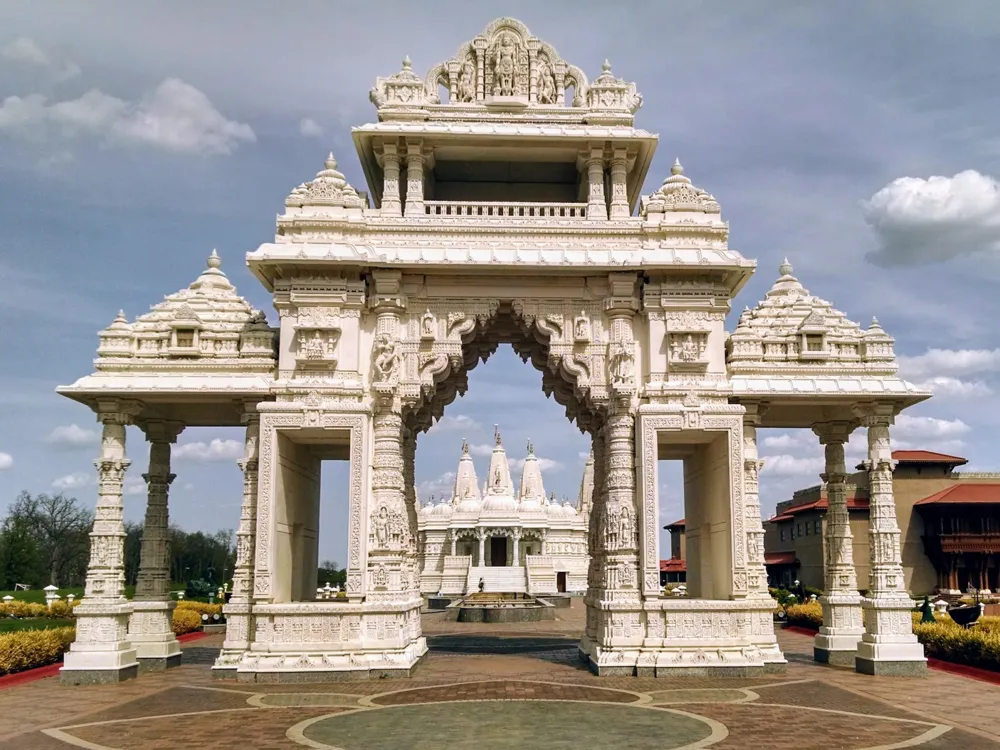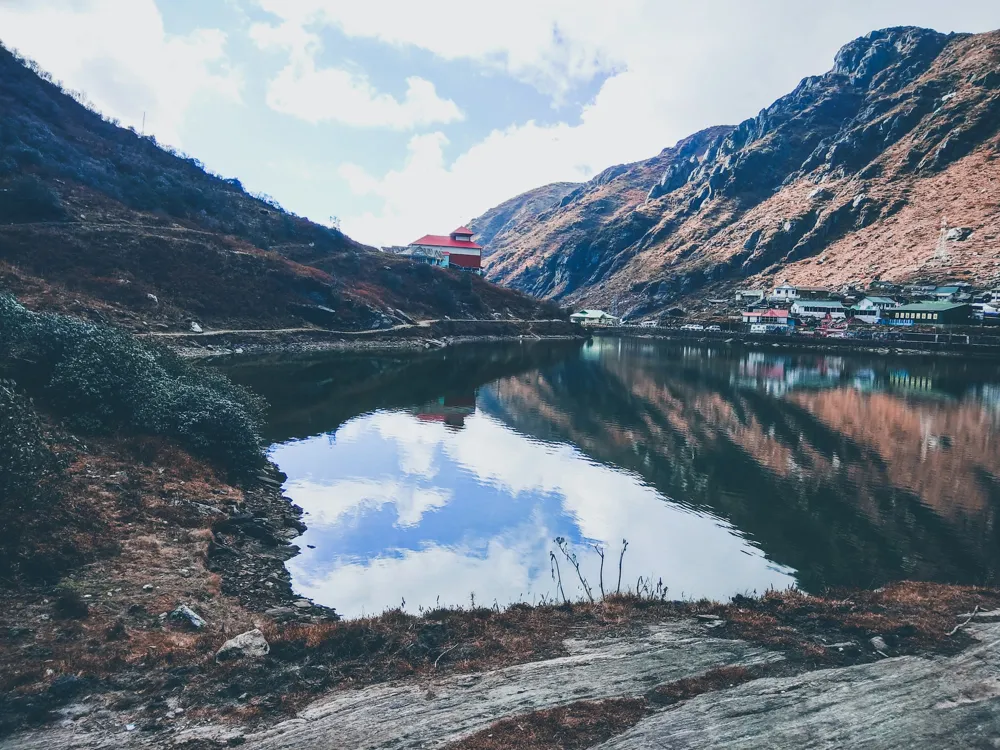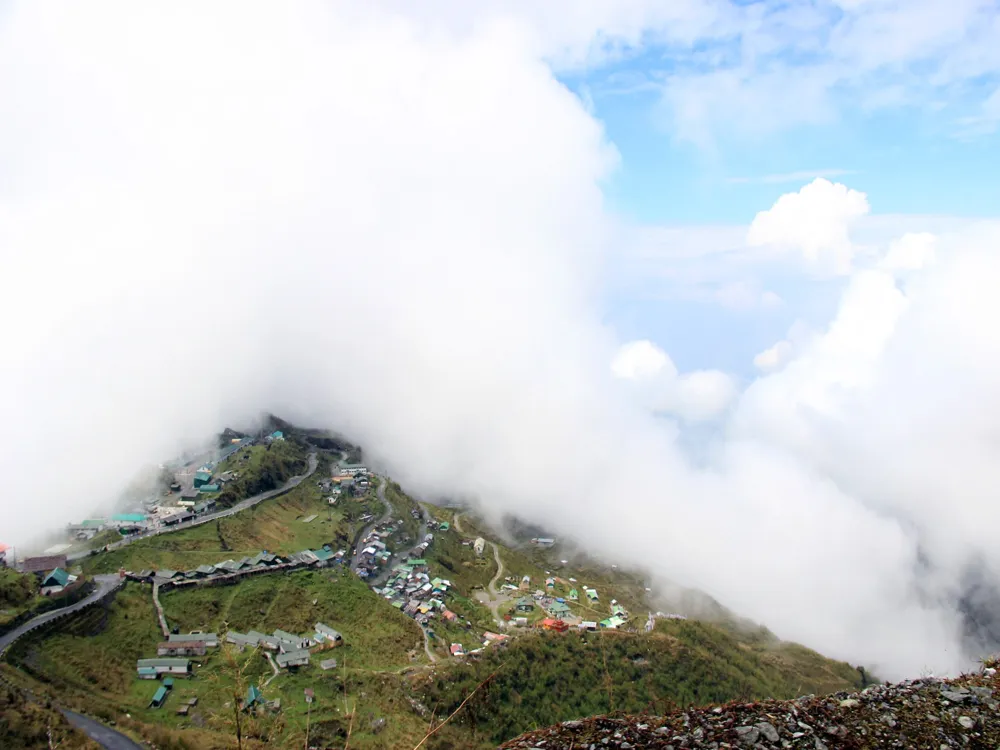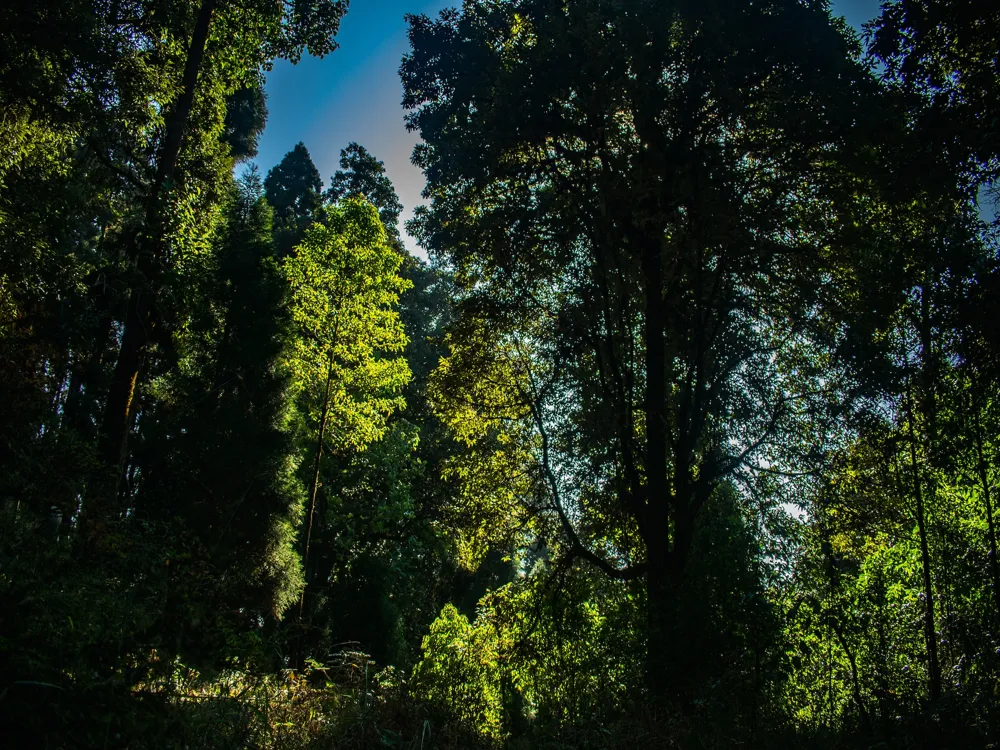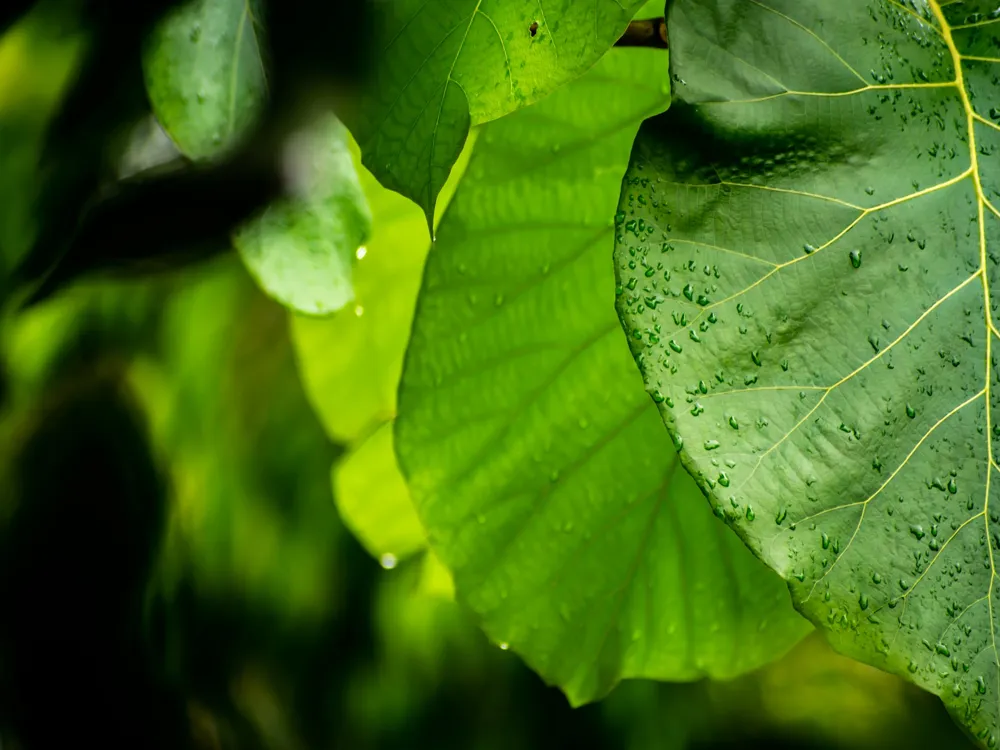Nestled in the eastern part of Sikkim, Aritar is a hidden gem offering unparalleled trekking experiences. Known for its lush forests, serene lakes, and rich cultural heritage, Aritar provides a perfect escape for nature and adventure enthusiasts. Trekking in Aritar is not just a journey through the Himalayan wilderness but a voyage into the heart of Sikkim's natural beauty and cultural richness. The trekking routes in Aritar are diverse, catering to both beginners and experienced trekkers. These trails meander through dense rhododendron forests, past glistening lakes like Lampokhari, and offer stunning views of the Himalayan range. The journey takes you through traditional villages where you can experience the warm hospitality of the local people and learn about their customs and way of life. [Content Continues... Detailed description highlighting the natural beauty, cultural aspects, and unique experiences that trekkers can expect in Aritar, including local flora and fauna, viewpoints, and seasonal variations. The content should be engaging and informative, painting a vivid picture of the trekking experience in Aritar.] The term 'architecture of trekking' in Aritar refers to the structured approach and planning that goes into creating and maintaining the trekking trails. This includes the design of the paths, the construction of rest stops and shelters, and the implementation of safety measures to ensure a secure and enjoyable trekking experience. The trekking trails in Aritar are carefully designed to showcase the region's natural beauty while preserving the ecological balance. The paths are laid out to minimize environmental impact and are often reinforced using natural materials to blend with the surroundings. Strategic viewpoints are established along the trails to allow trekkers to soak in the panoramic views of the mountains and valleys. [Content Continues... An in-depth exploration of how the trekking trails in Aritar are designed and maintained, focusing on sustainability, safety, and accessibility. The content should delve into the efforts made to preserve the natural environment and cultural heritage of the region, and how these considerations shape the trekking experience.] The best time to trek in Aritar is from March to June and from September to November. During these months, the weather is favorable, offering clear skies and pleasant temperatures. Avoid monsoon season when trails can be slippery and visibility is low. Essential items include waterproof clothing, sturdy trekking shoes, a first-aid kit, and sufficient water and food supplies. Also, carry a map and a compass or GPS device for navigation. Be mindful of local customs and traditions. Avoid littering and stick to marked trails to preserve the natural habitat. Keep yourself well-hydrated and eat energy-rich foods to maintain your stamina throughout the trek. Listen to your body and don't push beyond your physical limits. It's important to rest when needed and seek help if you experience any health issues. Aritar is well-connected to major cities in Sikkim and neighboring states. The nearest airport is Pakyong Airport, about 67 km from Aritar. From the airport, you can hire a taxi or take a bus to Aritar. The nearest railway station is New Jalpaiguri in West Bengal, which is about 96 km away. From here, taxis and buses are available to reach Aritar. Read More:Overview of Trekking in Aritar, Sikkim
Architecture of Trekking in Aritar, Sikkim
Tips When Visiting Trekking in Aritar, Sikkim
Choose the Right Season
Pack Appropriately
Respect Local Culture and Environment
Stay Hydrated and Energized
Know Your Limits
How To Reach Trekking in Aritar, Sikkim
Trekking
Aritar
Sikkim
₹ 17,950 onwards
View aritar Packages
Aritar Travel Packages
View All Packages For Aritar
Top Hotel Collections for Aritar

Private Pool

Luxury Hotels

5-Star Hotels

Pet Friendly
Top Hotels Near Aritar
Other Top Ranking Places In Aritar
View All Places To Visit In aritar
Faq on Aritar
What are the best trekking routes in Aritar?
Some popular trekking routes in Aritar include the Silk Route Trek, Lampokhari Lake Trek, and Mankhim Hill Trek.
How difficult are the trekking trails in Aritar?
The difficulty level varies depending on the trekking route. While some trails are easy and suitable for beginners, others may be more challenging and require a certain level of fitness and experience.
What is the best time of year for trekking in Aritar?
The best time for trekking in Aritar is generally during the spring and autumn months (March to May and September to November), when the weather is pleasant and the skies are clear.
Are there any guided trekking tours available in Aritar?
Yes, there are several tour operators and guides who offer guided trekking tours in Aritar. These tours can provide valuable insights into the local culture, flora, and fauna, ensuring a memorable trekking experience.
What are the must-visit attractions along the trekking routes in Aritar?
Along the trekking routes in Aritar, you can explore scenic viewpoints, pristine lakes, quaint villages, and Buddhist monasteries. Some must-visit attractions include Lampokhari Lake, Mankhim Hill, and Aritar Monastery.
View aritar Packages
Aritar Travel Packages
View All Packages For Aritar
Top Hotel Collections for Aritar

Private Pool

Luxury Hotels

5-Star Hotels

Pet Friendly
Top Hotels Near Aritar
Other Top Ranking Places In Aritar
View All Places To Visit In aritarFaq on Aritar
What are the best trekking routes in Aritar?
Some popular trekking routes in Aritar include the Silk Route Trek, Lampokhari Lake Trek, and Mankhim Hill Trek.
How difficult are the trekking trails in Aritar?
The difficulty level varies depending on the trekking route. While some trails are easy and suitable for beginners, others may be more challenging and require a certain level of fitness and experience.
What is the best time of year for trekking in Aritar?
The best time for trekking in Aritar is generally during the spring and autumn months (March to May and September to November), when the weather is pleasant and the skies are clear.
Are there any guided trekking tours available in Aritar?
Yes, there are several tour operators and guides who offer guided trekking tours in Aritar. These tours can provide valuable insights into the local culture, flora, and fauna, ensuring a memorable trekking experience.
What are the must-visit attractions along the trekking routes in Aritar?
Along the trekking routes in Aritar, you can explore scenic viewpoints, pristine lakes, quaint villages, and Buddhist monasteries. Some must-visit attractions include Lampokhari Lake, Mankhim Hill, and Aritar Monastery.


